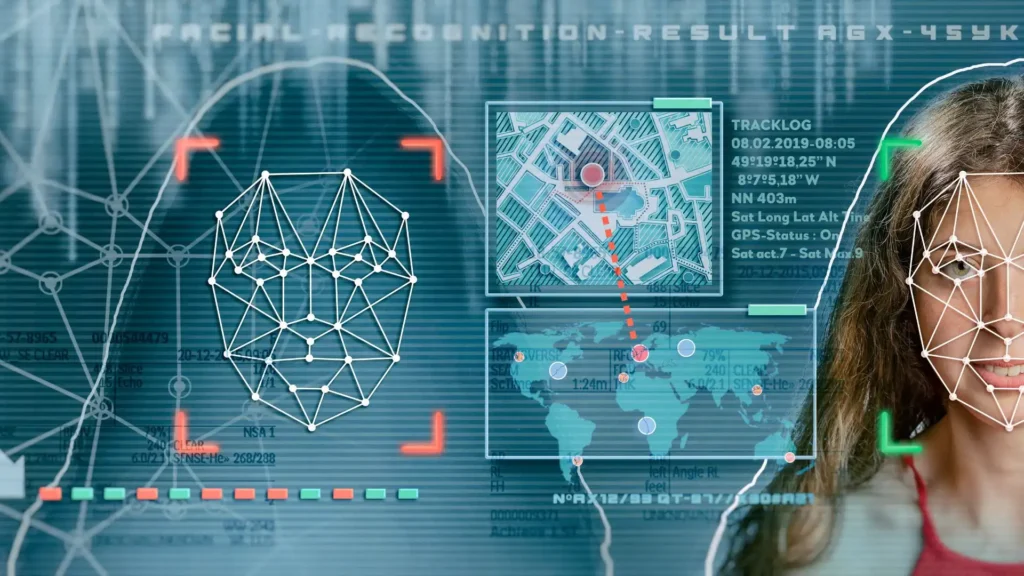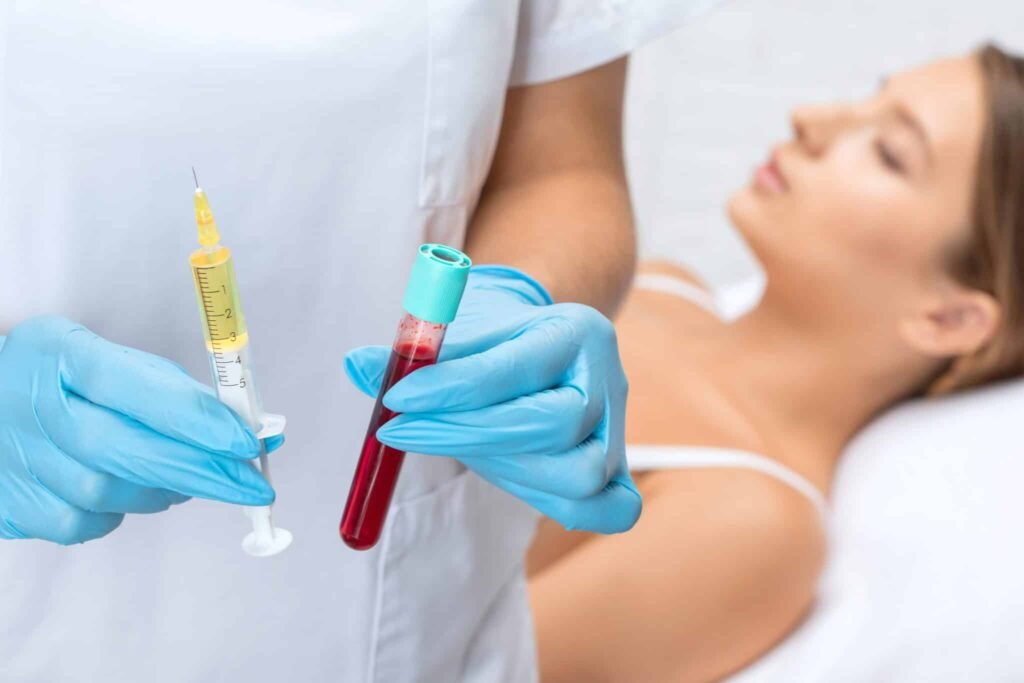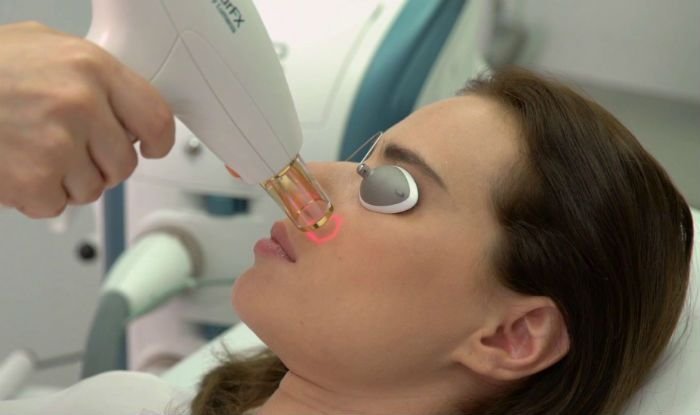
Why Do Milia Appear Around the Eyes and Face?
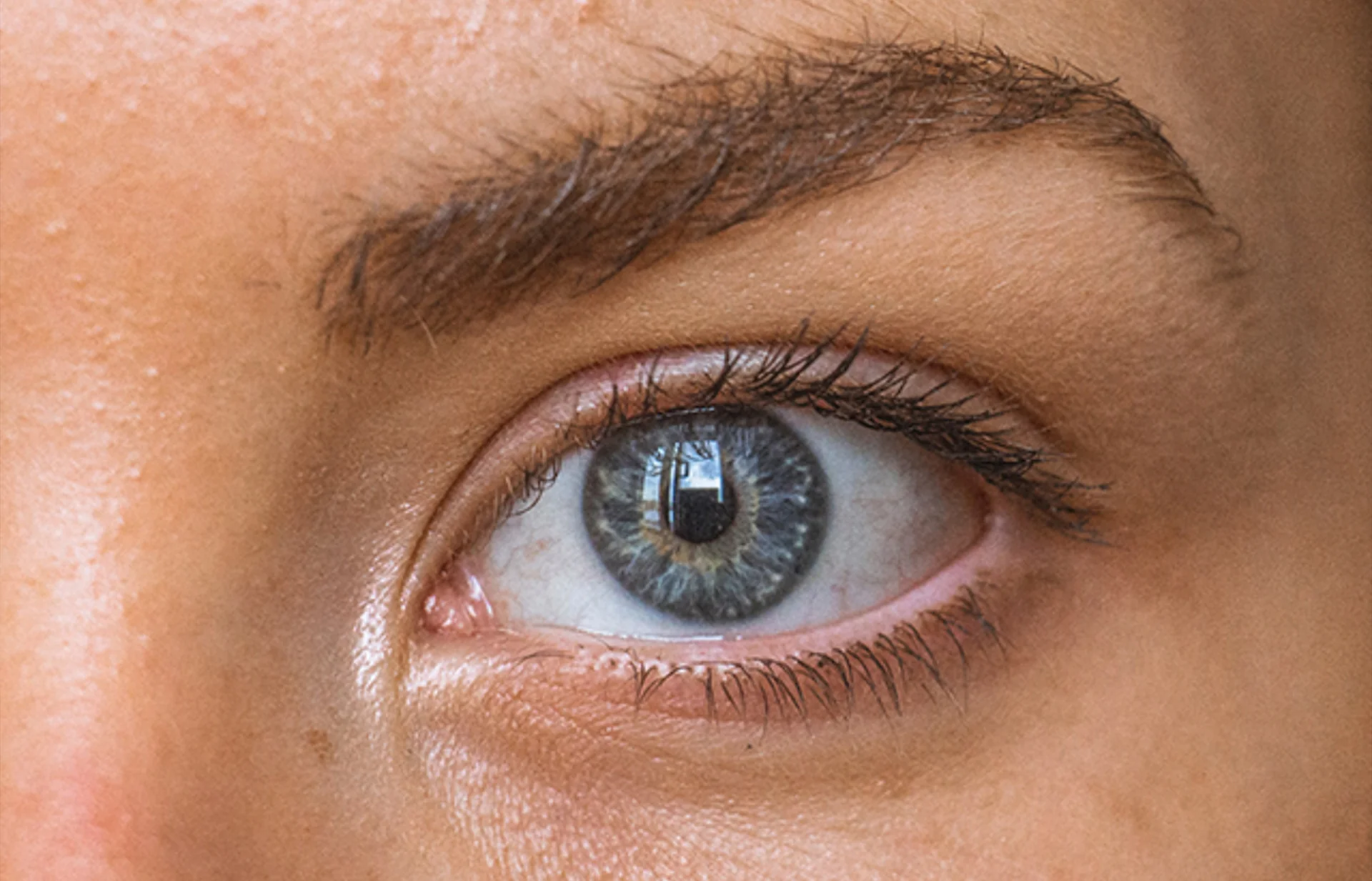
Why Do Milia Appear Around the Eyes and Face?
Milia are tiny, pearl-like bumps that often appear on the skin, especially around the eyes and face. While they are completely harmless, their stubborn nature and tendency to cluster on visible areas like the eyelids, cheeks, and under the eyes can make them a cosmetic concern. Many people mistake them for whiteheads, pimples, or skin allergies, but in reality, milia are different and require a unique approach.
In this blog, we’ll explore why milia form around the eyes and face, the science behind their development, risk factors, and the safest ways to prevent and treat them.
What Are Milia?
Milia (singular: milium) are small, keratin-filled cysts that form just beneath the skin’s surface. They appear as firm, white or yellowish bumps, usually 1–2 millimeters in size. Unlike acne, milia do not contain pus, bacteria, or oil, and they do not cause redness or inflammation.
There are two main categories:
Primary Milia: Develop naturally when dead skin cells (keratin) become trapped beneath the skin’s outer layer.
Secondary Milia: Appear after skin damage, such as burns, rashes, laser treatments, or long-term steroid cream use.
While milia can appear anywhere, the eye and face region is particularly common. Let’s find out why.
Why Do Milia Commonly Appear Around the Eyes and Face?
1. Delicate and Thin Skin Around the Eyes
The skin around the eyes is one of the thinnest areas on the human body. Because of this:
- Dead skin cells can easily get trapped under the surface.
- The skin has fewer oil glands, making natural exfoliation less effective.
- Even minor buildup of keratin results in visible bumps.
- This explains why under-eye milia are so frequent.
2. Keratin Trapping in Facial Skin

Milia form when keratin (a protein in skin, hair, and nails) gets trapped under the epidermis. On the face, especially cheeks and eyelids, natural cell turnover can slow down due to age, skincare habits, or external damage, leading to milia clusters.
3. Use of Heavy Skincare Products
Rich moisturizers, eye creams, sunscreens, or oil-based cosmetics can sometimes block the skin’s natural shedding process. The heavy texture prevents dead skin cells from exfoliating, increasing the risk of keratin plugs beneath the surface.
Common culprits:
- Thick eye creams
- Petroleum jelly-based products
- Silicone-heavy primers
4. Sun Damage and Skin Aging
Over time, UV exposure damages the skin and makes its natural exfoliation slower. This leads to rough, hardened skin where keratin can easily become trapped. This is why people who spend a lot of time outdoors may notice more milia on sun-exposed areas like the cheeks and around the eyes.
5. Genetics and Skin Type
Some people are simply more prone to milia due to their skin type or genetic background. Individuals with dry skin or those with a family history of milia often notice recurring outbreaks.
6. Skin Trauma or Procedures
Secondary milia can form after skin injuries such as:
- Burns or rashes
- Dermabrasion
- Laser treatments
- Long-term topical steroid use
These conditions damage the natural barrier, trapping keratin during the healing process.
7. Hormonal and Lifestyle Triggers
While not as direct as acne, hormonal imbalances and certain lifestyle choices can indirectly contribute. For instance:
- Lack of sleep and stress slow down skin repair.
- Poor diet (low in antioxidants and essential nutrients) reduces skin renewal.
- Smoking and pollution clog skin and worsen cell buildup.
Are Milia Around the Eyes and Face Harmful?
No, milia are not harmful or contagious. They are purely cosmetic and typically cause no discomfort, except in rare cases where they may irritate the eyelids. However, because they appear in highly visible areas, many people seek professional removal.
How to Prevent Milia Formation Around the Eyes and Face
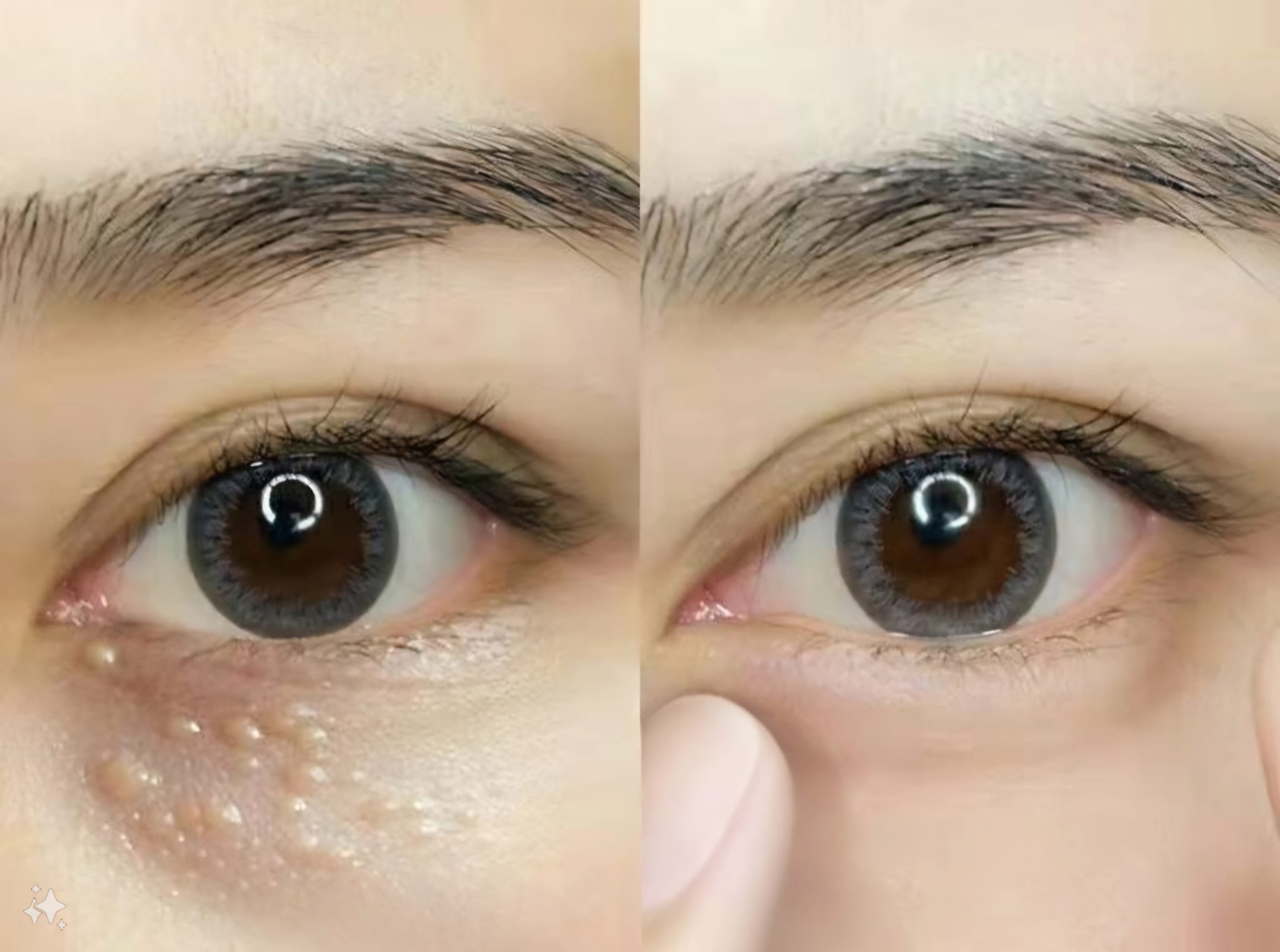
While not always preventable, a consistent skincare routine can reduce the risk:
1. Gentle Exfoliation
Use mild exfoliating cleansers containing lactic acid, glycolic acid, or salicylic acid.
Avoid harsh scrubs, especially around the eyes.
2. Lightweight Moisturizers and Eye Creams
Switch to gel-based or water-based formulas.
Look for non-comedogenic and fragrance-free options.
3. Sun Protection
Apply a broad-spectrum sunscreen daily to prevent sun-induced skin thickening.
4. Avoid Overuse of Heavy Products
Petroleum jelly and thick oils can worsen milia.
Choose breathable skincare products suitable for your skin type.
Eat antioxidant-rich foods (vitamin A, C, and E support skin health).
Stay hydrated for proper cell turnover.
Maintain a balanced sleep routine.
Safe Treatment Options for Milia
Milia rarely go away on their own in adults, especially around the eyes.
The safest treatments include:
A dermatologist can use a sterile needle or blade to gently remove milia without scarring. Never attempt this at home, it can lead to infection and permanent damage.
2. Topical Retinoids
Prescription-strength retinoids can increase cell turnover and help dissolve trapped keratin. However, these should be used cautiously around the eyes.
3. Chemical Peels
Mild peels with glycolic acid or salicylic acid can improve skin texture and prevent recurrence.
4. Laser Therapy
Advanced clinics use precise laser treatments to remove stubborn milia with minimal downtime.
5. Cryotherapy
In some cases, liquid nitrogen is applied to freeze and remove milia.
Myths About Milia
1. “Milia are just like pimples.”
False, milia are not acne and do not contain pus.
2. “You can squeeze out milia at home.”
Dangerous, this can cause scarring and infection.
3. “Only babies get milia.”
While common in newborns, adults also frequently develop them.
4. “Milia are caused by poor hygiene.”
Not true, milia result from trapped keratin, not dirt or lack of cleansing.
When to See a Dermatologist
You should consult a professional if:
- Milia persist for weeks or months.
- They appear suddenly in large numbers.
- They are located close to the eyes.
- You experience irritation or discomfort.
Final Thoughts
Milia are harmless yet stubborn skin bumps that often appear on the eyes and face due to delicate skin, keratin buildup, sun damage, or heavy skincare products. While they are not dangerous, their visibility can impact confidence.
With the right preventive care, lightweight skincare, and professional treatments, milia can be managed effectively. The key is not to attempt removal at home, but to seek expert guidance for safe and lasting results.
At Midas Wellness Hub, we specialize in advanced skin treatments designed to address concerns like milia with a personalized, scientific approach. If you’re struggling with stubborn milia around your eyes or face, our team can help you achieve smooth, healthy, and glowing skin.

